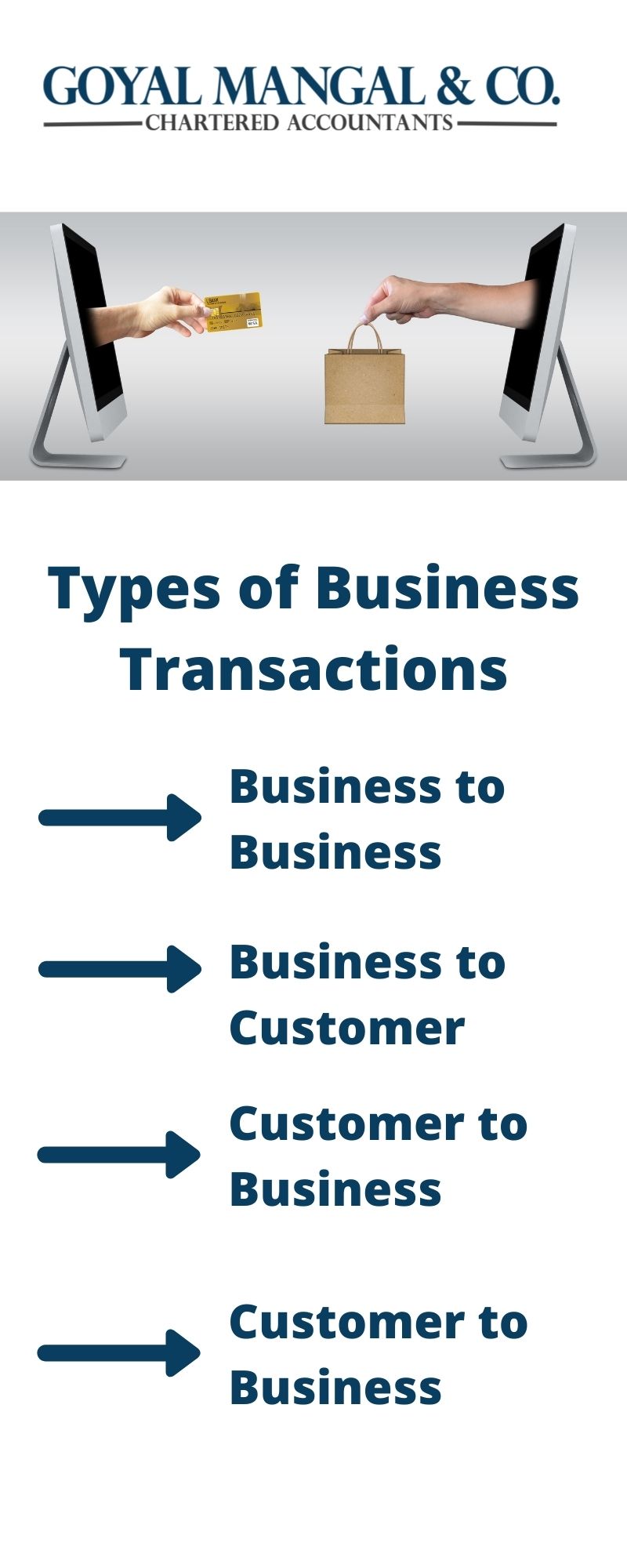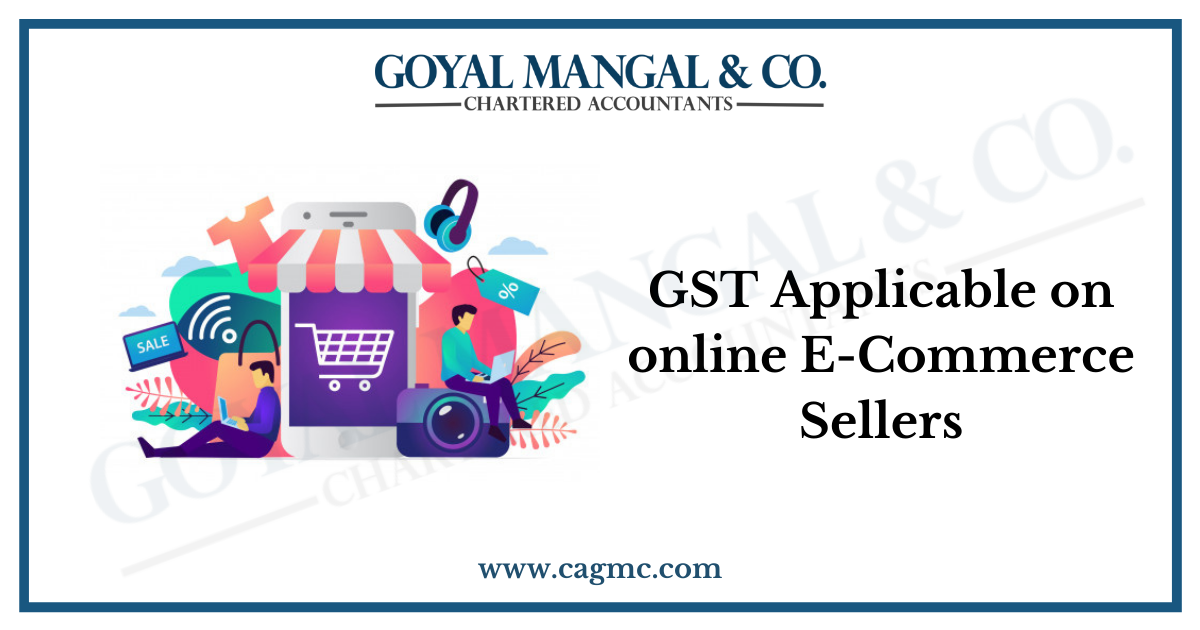What is E-Commerce?
E-Commerce (Electronic Commerce) basically means the supply of goods, products or services or both including digital products over digital or electronic networks. E-Commerce has grown tremendously in India in the past few years as more users are buying and selling items online, thanks to smartphones and internet connectivity Due to tremendous growth and complex tax system, the government has provided special provisions and regulations for e-commerce companies under GST.
| Table of Content |
Transactions of money, funds and data are also considered as E-Commerce. These Business transactions can be done in four ways:
- Business to Business (B2B)
- Business to Customer (B2C)
- Customer to Customer (C2C)
- Customer to Business (C2B)

E-Commerce Benefits
Customers have more options as compared to the local markets and can avail several discounts on the purchase of goods and services. Items are cheaper online as establishment costs, advertisement costs are avoided by other sellers.
The sellers can:
- Reach a bigger market
- Increase their sales volume
- Avoid problems and costs of setting up branches
- Interact only with Amazon for payment reducing debt management costs
Benefits for consumers:
- Lower Prices
- Convenient and safe
- Wide product variety
- More informed decision making
- Saves time
Benefits for Business
- Lower costs
- Customer data
- Wider customer base
- Open always
- Easier to scale up

Place of Supply in context of E-Commerce
GST is a destination based tax, i.e the goods and services will be taxed at the place where they are consumed/used and not at origin. So, the state where they are consumed will have the right to collect GST.
Provisions of place of supply for goods:
| Supply | Place of Supply |
| Seller sells goods to the buyer (Shipping address is same as billing address) | Place where the goods are delivered to buyer |
| Seller send goods to someone else (Shipping address is different from billing address) | Billing address (It is assumed that the buyer has received the goods and the place of such goods will be the location of the buyer) |
Details included in Sales Invoice
- Name, address, and GSTIN of the supplier
- Invoice number
- Date of issue
- Name, address and GSTIN of the recipient (if registered)
- Description of the goods/services
- Quantity of goods
- Value (after discount)
- Rate and amount of GST
Parties involved in E-Commerce transaction
Every e-commerce transaction involves three parties:
- Seller
- Buyer
- E-Commerce Operator
GST Rate applicable on E-Commerce transactions:
E-Commerce aggregators are responsible under the GST law for collecting and depositing tax at the rate of 1% from each transaction. Any dealers/traders dealing goods/services online would get the payment after deduction of 1% tax.







